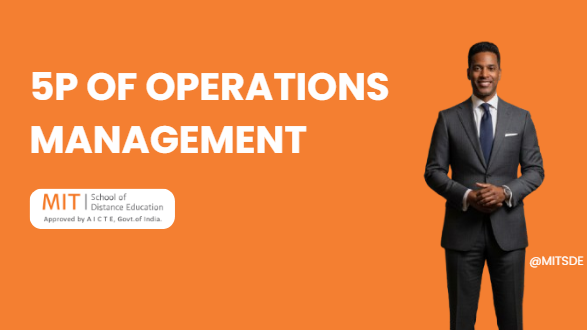
Problems are an inevitable part of our lives. Solving them requires a systematic & quick thinking approach and the right frame of mind.
In a business environment, problems are a part of any business function. Hence, George Polya, the Father of modern problem-solving, wrote a book titled ‘How to solve it’, that systematically laid down the steps to complex problem-solving in a business setting.
A traditional problem-solving process looks like this –
- Define the problem – Identify what the problem is, when has it started occurring, whether is it still persistent, how it affects the operations, whether is there any data to support the argument, etc.
- Devising a plan – This step involves coming up with possible action plans, taking the help of references or similar problems that may have occurred in the past, finding alternatives to the plan, and thinking of the effects post-implementation of the plan.
- Execution – Once the plan is approved, implementing and executing it is a crucial task. If the desired result is achieved, then the plan is said to be successful.
- Monitoring & measuring – Ensuring that the plan is executed as expected, monitoring the progress, and measuring the actual results against the standards set or the expected outcomes of the plan, to gauge its success.
The modern world and modern problems require modern solutions. Out-of-the-box creative thinking has therefore become a popular way to approach any problem.
Alex Osborn laid out the idea of ‘Creative Problem Solving’ (CPS) in 1940. The idea is based on 2 assumptions – everyone is creative in some way and creative skills can be learned & enhanced.
Here are a few ways of the creative problem-solving process (CPS process) to bring more efficiency, and inclusivity, and turn problems into opportunities –
- Brainstorming – A group of people discussing their ideas or point of view and looking at a problem brings more diversity to the solutions. Each person has a different perspective of looking at the problem and may have varied approaches to solving the issue.
As a manager, you should present the problem as a challenge to your team or colleagues and encourage them to share their ideas, opinions, and approaches to address the challenge. Through this open discussion or brainstorming a myriad of solutions can be derived to solve the issue at hand.
- Root cause analysis – Diagrammatically representing the problem statement, its potential causes, and the areas or operations it affects in a fishbone diagram or Ishikawa diagram, helps to better understand the origin of the problems, thus working out potential solutions to eradicate the root cause of the issue to avoid any other hindrance in the future.
- Trace back your steps – Carefully listing all the steps from the present will help you see the areas where any undesired situation may have occurred, the potential reasons for it, and the effect it is having on the current operations.
- Stop judgment – Pose the problems as challenges to your team and encourage them to come up with solutions to overcome the challenges. Do not be judgemental about any solution. Instead, motivate the team to be more creative with their solutions and focus on the feasibility of it.
- Look at the past – Doing research to understand or identify any similar patterns or problems that may have occurred in the past, and understanding the actions taken then and their implications in the current scenario will guide you to arrive at a solution.
- Analyse potential risks – As you come up with solutions to overcome the problem, listing the possible risks of implementing each solution will aid you to be prepared for any anticipated risks.
- Visualization – Using mind maps, diagrams, or graphs to represent the problem will help you to stimulate the mind to think creatively and generate more solutions. It also becomes easier to explain the problem to the team members during the brainstorming sessions.
- Holistic perspective – Looking at the problem unbiasedly from a holistic perspective will help you see the issue from a different light. This will help you to be creative and logical in your approach, thereby allowing your mind to increase its problem-solving potential.
Though problems are a part of our daily lives whether we are an entrepreneur, managers, or market leaders. A creative approach to problem-solving fosters innovation motivates employees and brings inclusivity, which is essential for the smooth functioning of an organization.
Developing creative problem-solving skills is crucial for any leader wishing to rein the ropes of creativity and innovative solutions.
MIT School of Distance Education (MITSDE) is one such institute that understands the current skills gap in the market and strives hard to reduce it.
For this purpose PGDM (Executive) in Strategic Marketing Management for those possessing 2+ years of experience.
This course covers the basics & the latest concepts in marketing gives hands-on training on the latest tools and teaches you to create a brand, analyse market trends, and design marketing campaigns.


